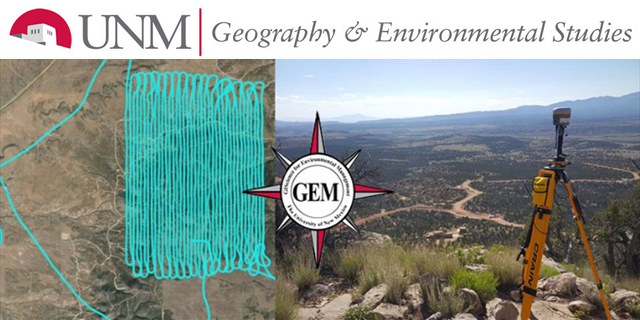
Geography ETDs
Publication Date
Spring 4-13-2018
Abstract
Microbial contamination affects many water bodies in the United States and pathogens associated with contamination pose a threat to human health. While the nation’s lakes, streams and rivers have been monitored for decades, many still do not meet the requirements of the 1972 Clean Water Act. Due to the number of pathogens that occur in water bodies, it is not feasible to directly monitor all of them. Instead of testing for a plethora of pathogens, it is standard practice for water divisions to monitor fecal indicator bacteria (FIB) as a proxy to determine water quality. There are significant flaws, however, with this approach, including the poor correlation of FIB with many significant pathogens and, most importantly, the inability to identify the sources of contamination.
The City of Santa Fe Water Division monitors FIB in the Santa Fe River but cannot determine the source of contamination when tests come back positive. In this thesis, microbial source tracking is used on water samples from five different locations along the river to provide insight into the quality of the Santa Fe River water and determine the sources of contamination. Water from each site was tested for human, dog, bird, beaver and/or ruminant genetic markers. FIB were detected at all sites at either low, medium or high concentrations. The information from this thesis aids the Santa Fe Water Division in complying with the United States Environmental Protection Agency stormwater discharge permit requirements by informing their best management practices.
Degree Name
Geography
Department Name
Geography
Level of Degree
Masters
First Committee Member (Chair)
Chris Duvall
Second Committee Member
Maria Lane
Third Committee Member
Benjamin Warner
Document Type
Thesis
Keywords
water quality, microbial source tracking, Santa Fe
Recommended Citation
Hajic, Hayley Aurora. "WATER QUALITY ASSESSMENT IN THE SANTA FE RIVER: TRACKING POLLUTION SOURCES VIA QUANTITATIVE POLYMERASE CHAIN REACTION ANALYSIS." (2018). https://digitalrepository.unm.edu/geog_etds/39
